2019-05-04
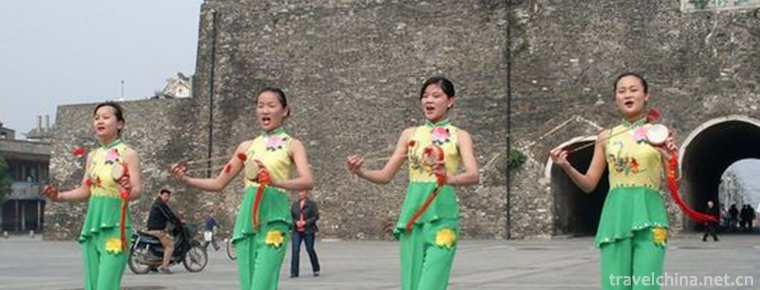
- By ChinaWiki.net
- Chinese Edition
- 2019-04-29
Fengyang folk songs
Fengyang folk song is a traditional folk song in Anhui Province. Fengyang folk song in Fengyang flower drum is one of the important components of Fengyang folk song. Under the influence of immigrant culture in the early Ming Dynasty, Fengyang folk songs were renovated historically and developed greatly, and became famous both at home and abroad. The earliest record of Fengyang folk songs in written form is the legend of Hongmei Ji written by Zhou Chaojun in the Wanli period of Jiajing in Ming Dynasty.
On May 23, 2011, Fengyang Folk Songs were listed in the third batch of national intangible cultural heritage list with the approval of the State Council.
artistic characteristics
Fengyang folk song has a wide range of popularity. It expresses the joys, sorrows and sorrows of the working people's lives, and is a true portrayal of social life in different historical periods in China. With Fengyang Flower Drum as the carrier, "Beating Flower Drum" and other tracks, it has a significant impact on the Musical Singing of many kinds of music in our country. After the early Ming Dynasty, Fengyang Folk Songs, especially in the south of the Yangtze River, Beijing and Shanxi Province, have been playing an important role in China with the immigrants selling their skills everywhere to survive. According to historical records, except Xinjiang and Tibet, the melody of Fengyang folk songs has been floating in other parts of China.
After the late Qing Dynasty, more than 300 Fengyang folk songs were often circulated. At the beginning of the twentieth century, Fengyang folk song was one of the folk arts that entered records at that time. According to incomplete statistics, more than 10 tracks were recorded and became popular. Among them, the song "Fengyang Flower Drum" sung by Golden Voice is sung all over the land of Shenzhou.
In addition to entertaining the people, Fengyang folk songs have great influence on current affairs in different historical periods in China. During the Anti-Japanese War, Ann E compiled lyrics and Ren Guang compiled music. Li Lili sang "New Fengyang Song" for a while. Before and after 1949, in order to cooperate with the work of the local center, Fengyang people created a large number of new folk songs serving the current affairs, such as "Five Curses against Chiang Kai-shek", "Land Reform Chant", "Sending Langs to the Army", "Five Gentlemen to Govern Huaihe River" and so on, which played a great role in propaganda and inspiration.
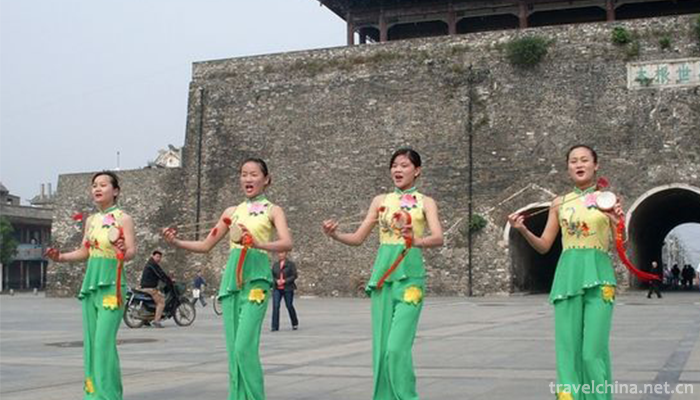
Ask a Question
Your email address will not be published.
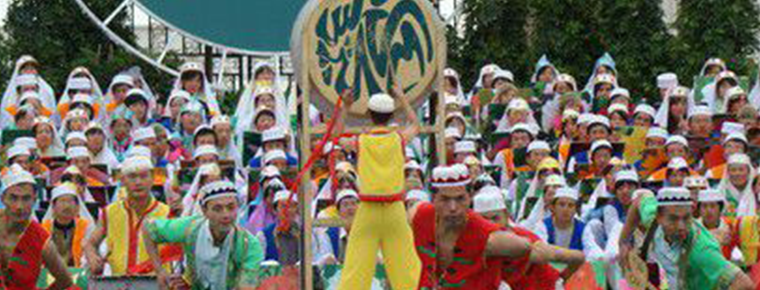
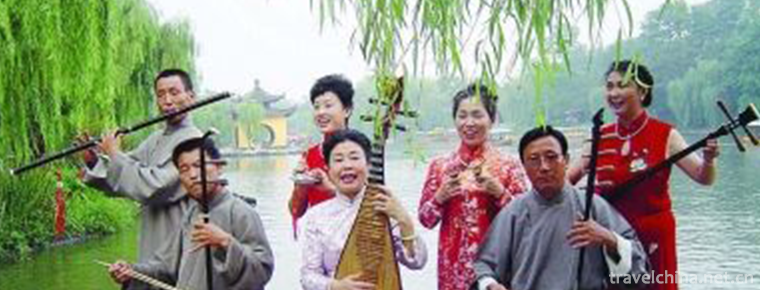
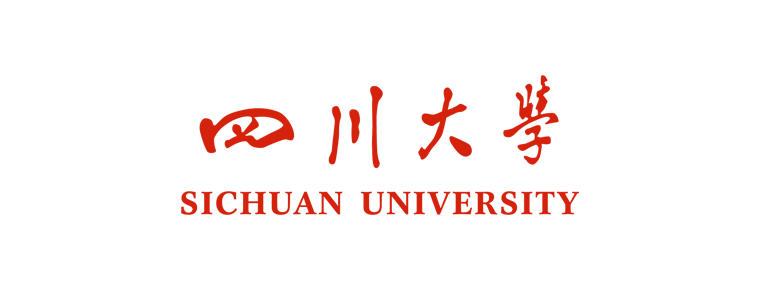
0 Questions